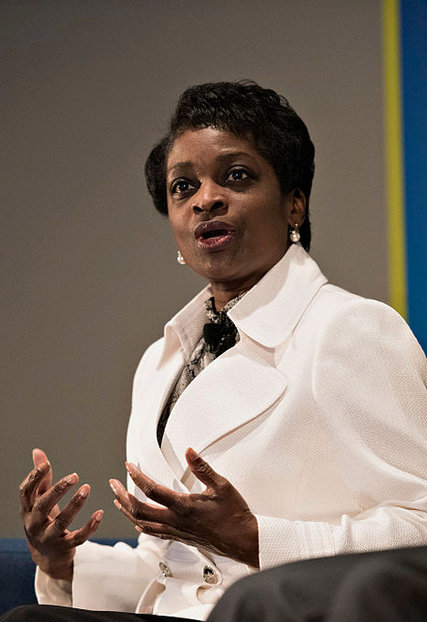I prefer to leave politics out of the delivery of broadband services across the United States, but it is a topic that is highly politicized because of government involvement. The “New York Times” interviewed FCC Commissioner Mig Clyburn with a decidedly supportive position that there exists an ever increasing digital divide. Articles like this one are not surprising with presidential candidates playing up class envy and income inequality to drum up votes. The interviewer did not ask tough questions or challenge Mig’s responses. Apparently the editors did not feel the need to do any fact checking either.
This interview contains inaccuracies that lead readers to believe that broadband deployments are also subject to the “great divide” that the media is constantly touting. Actually the opposite is true. Every new broadband deployment has a plan to cover low-income areas and provide free or subsidized broadband for low-income residents. These plans are independent of whether a local municipality or commercial enterprise are building the networks. Rural communities are taking matters into their own hands in several places and building their own broadband networks when no commercial provider will serve their area. Urban areas are the easiest to cover due to their density and short loop lengths. Urban areas typically have multiple service providers offering competition and discounted rates to low-income housing that suburban customers do not typically receive.
The sympathetic interviewer asked a leading question showing support of municipal broadband efforts. Mig responds by not differentiating infrastructure from service provider. There is a big difference in the success rates of municipal governments that provide infrastructure versus those that become service providers. Economics may dictate a government involvement in building infrastructure, but they should not become a service provider to compete with private enterprise.
The tone of the article is definitely meant to have the reader believe that commercial enterprises are only worried about profits so the government, through champions like Mig Clyburn, have to intervene to bridge this chasm that is supposedly below. Yes we could do better in broadband deployments, but things are rapidly improving due to the innovative spirit of people working in this industry that are driving broadband deployments to everyone.
By
WASHINGTON — United States history is marked by modernization efforts aimed at leaving no one behind. In the 1930s, it was lighting up farmsteads with electricity. In the 1950s, it was paving highways to every town. Today, the federal government is trying to bring broadband, which it considers a utility, to an estimated 33 percent of residents who don’t have the service.
At the Federal Communications Commission, Mignon L. Clyburn, a Democratic member, has supported regulations to connect those remaining Americans. The agency recently approved broadband subsidies for low-income families. The F.C.C. also converted rural phone service grants to companies willing to bring broadband to remote areas.
We sat with Ms. Clyburn, a former public utilities commissioner from South Carolina, to discuss the challenges of closing the digital divide.
Continue Reading








